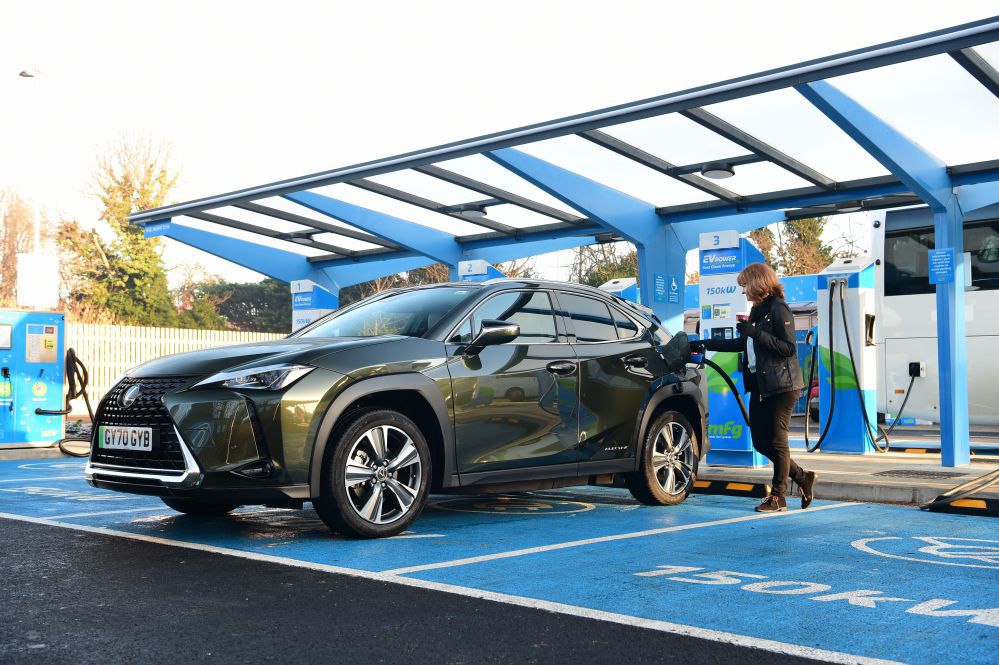Swiss automotive market remains volatile, impacting new and used cars
28 April 2022

The Swiss new-car market has been especially volatile in the past two years. Marked by lockdowns, closed dealerships, plant closures, and delivery problems due to a semiconductor deficit, 2020 and 2021 saw passenger-car registrations drop considerably.
In 2021, around 238,342 new cars were registered in the country – compared with 311,434 in pre-pandemic 2019. Now, it looks like 2022 is not off to a promising start. A lack of chips, combined with missing wire harnesses and an increasing shortage of raw materials, all add to the Swiss automotive industry’s woes.
The Swiss National Bank (SNB) recently doubled its inflation forecast for 2022, due to production bottlenecks, rising energy costs, and the war in Ukraine. With 2022 inflation expected to hit 2.1%, consumer good prices are going up. Carmakers too are increasing list prices of new cars, making the prospect of buying a new vehicle in Switzerland more burdensome for consumers.
Pure internal-combustion engines are starting to lose their appeal to consumers, who increasingly opt to buy electric vehicles, including plug-in hybrids (PHEVs). Battery-electric vehicles (BEVs) and PHEVs took a combined 25% share of the new-car market in the first quarter of 2022. When it comes to light-commercial vehicles (LCVs), registrations are declining, except for motor homes.
Unstable used-car market
The Swiss used-car market is also showing signs of instability. The upward trend that marked the past 18 months or so has not continued into 2022 as the number of cars changing owners is clearly on the decline. This may be of little surprise as falling new-car registrations and a shortage of new cars are now impacting the used-car trade in Switzerland.
‘The volume of cars on offer has stabilised in the last two months, but the used-car market is still characterised by lack of supply with stable demand,’ said Hans-Peter Annen, head of valuations and Insights at Eurotax Switzerland.
A closer look at developments indicates that used petrol and diesel cars might still dominate the market, but their share is steadily falling as electric vehicles gain in popularity. Electrified drives, including mild hybrid models, now make up more than 8% of cars changing ownership. Used LCVs were crisis-resistant in 2020 and 2021, and this has continued into the first quarter of 2022. Overall, the supply volume has now stabilised for both passenger cars and LCVs.
Residual value prices increase
When it comes to residual values (RVs), demand has been stable though supply remains tight. Long delivery times, the geopolitical situation in Ukraine, as well as the semiconductor crisis all means that fewer new cars hit the market.
Asking prices have risen sharply, especially in the second half of 2021, and are up 14% compared to February 2020. Older vehicles, ranging from four to five years, as well as diesel and petrol cars, have seen a particular increase in prices.
‘As new-car registrations will remain markedly lower than before the crisis, the market parameters will not change quickly. This will result in further asking price increases during this year,’ added Annen.
By the end of 2022, Autovista analysts forecast RV prices to go up for all fuel types. For 36-month-old vehicles, a year-on-year increase of around 6.5% is expected. Looking further ahead, RV prices are likely to decline slightly in 2023 although petrol and diesel engines will see a sharp and short-term increase.
The latest webinar by Eurotax Switzerland, part of Autovista Group, looked in depth at automotive trends in Switzerland. Find the full German-language slide deck of the presentation below. A video of the webinar is also available for viewing and download.



